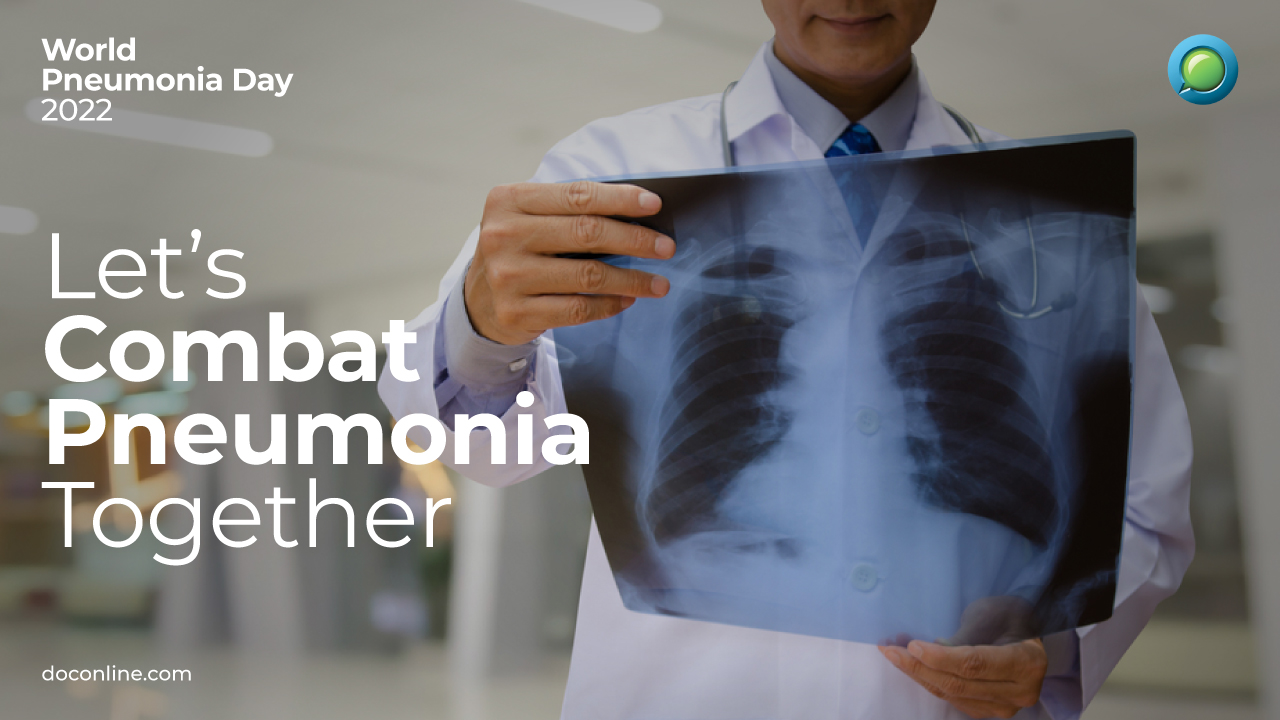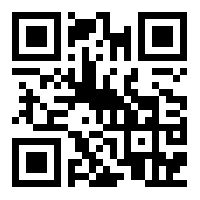Pneumonia- All that you need to know
Pneumonia is a leading cause of death in children under the age of 5 and the elderly. It is largely preventable, yet it claimed 2.5 million lives including 672,000 children in the year 2019.
India accounts for 50% of the world’s Pneumonia deaths. As if that wasn't enough, the COVID-19 pandemic has fueled the pneumonia crisis, making it a matter of grave concern.
What is pneumonia?
Pneumonia is an infection of the lungs caused by bacteria, viruses, or fungi that can cause inflammation of air sacs
(alveoli), consequently leading to symptoms as fluids fill the air sacs interfering with the normal gas exchange.
Pneumonia can affect one or 2 lobes [Lobar pneumonia] or it can affect areas throughout the lungs along the bronchi [Bronchopneumonia], which may progress through 4 stages. [Table 1]
| Stages | Progression | Characteristics |
| Stage 1 | Congestion | Accumulation of fluid in air sacs |
| Stage 2 | Red Hepatization | Red blood cells and immune cells enter the fluid to give it a solid/red appearance |
| Stage 3 | Gray hepatization | Break down of red blood cells changes color to gray |
| Stage 4 | Resolution | Immune cells clear up the infection |
Pneumonia is caused by various microorganisms that can gain access to the alveoli by overcoming the lungs' defense mechanisms. It is usually preceded by a cold or a flu.
| Microorganism | Occurrence | Characteristic features |
| Bacteria [Streptococcus pneumoniae is common] | Most common |
|
| Viruses [Influenza virus,rhinovirus, etc] | 1/3rd cases |
|
| Mycoplasma [Mycoplasma pneumoniae] | Less common |
|
| Fungi [Pneumocystis jirovecii] | Rare |
|
Who is at higher risk for Pneumonia?
Certain factors increase the risk and make someone more vulnerable such as:
- Age: Anyone can be affected but young (infants, 2 yr old and younger) and very old (65 years or older) are at higher risk of developing serious pneumonia
- Environment factors
- Crowded living environments (nursing homes, prison)
- Exposure to air pollution (Ambient air pollutants and household pollutants)
- Use of fossil fuels for cooking/heating inside homes. Household air pollution accounts for 22% of all adult deaths due to pneumonia
- Occupational exposure to toxic fumes.
- Lifestyle factors
- Associated medical conditions that weaken the immune system [HIV, cancer, autoimmune diseases], brain disorders [stroke, head injury, Alzheimer’s disease], hospitalized patients on a ventilator, lung diseases [asthma, COPD, bronchiectasis, cystic fibrosis] and chronic diseases [Diabetes, heart failure, Liver or kidney diseases]
- Missing recommended vaccinations and malnutrition also contribute to the risk
Smoking and excessive alcohol consumption
What are the symptoms of pneumonia?
The symptoms vary with age and type of microorganism [Table 3]
| Bacterial Pneumonia | Viral Pneumonia |
o
High fever (up to 105oC) with chills, sweating o
Cough with mucus (green/blood stained) o
Extreme tiredness o
Trouble breathing, rapid breathing o
Chest pain o Confusion o Loss of appetite | o
Fever, flu-like symptoms o
Dry, worsening cough o
Sore throat o
Headache o
Muscle pains o
Loss of appetite o
Tiredness |
Seek immediate medical attention
- If you experience Chest pain, dizziness, or trouble breathing
- Older adults may present with confusion while the infant may show signs of trouble eating, drinking, or rapid breathing which should be taken seriously.
Management of pneumonia
A thorough history, physical examination, and oxygen saturation measurement [via pulse oximeter] give a clue towards the diagnosis of pneumonia, which can befurther confirmed by blood culture, sputum culture, chest X-ray, CT scan, and bronchoscopy.
The treatment depends on the type of pneumonia [Table 4] along with supportive treatment [Nutritious diet, rest, fluids, medications, and oxygen]
| Pneumonia Type | Prescription |
| Bacterial |
|
| Viral |
|
| Fungal |
|
Pneumonia can be prevented by following certain measures
- Enhance Immunity:
- Eat a balanced diet, sleep well, and exercise regularly
- Promote exclusive breastfeeding for the first 6 months of life
- Stay upto date on Immunisation:
- Children should be immunized against Hib, pneumococcus, measles, and whooping cough (pertussis).
- An annual flu shot is recommended for all
- Pneumococcal vaccine for adults (>65 years) and children under 2 years
- Practice hygiene measures: Regular hand washing, and avoiding being around a sick person
- Try reducing household air pollution and exposure to secondhand smoke
- Quit smoking and reduce alcohol consumption
Let’s combat pneumonia together and follow the tips to stop the fight for breath!













